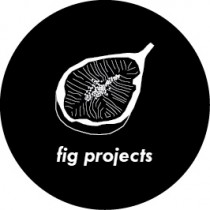Architecture and labour. Shorlisted proposal for the curatorship of the Oslo Architecture Triennale 2019. With Brendan Cormier and Mabel O. Wilson.
Introduction
In recent years, the role played by architecture, urban planning, and in general design practices with regards to the organization of labor has become central to the interests of numerous subjects. Rather than thinking architecture as a neutral agent, its modes of operation have been considered instrumental to the deployment of economic and social apparatuses of dominance. The theoretical engagement of Brazilian architect Sergio Ferro, who elaborated during the ‘60s and ‘70s the notion of the architectural project and its construction as means to extract surplus value, anticipates numerous current concerns, that on one hand concentrate about how architecture contributes to the control of workers and on the other seek for potential alternatives. The scope of such focus has expanded: generating new alliances between unions and trans-national advocacy groups in order to guarantee workers’ rights during the execution of signature buildings or coming to describe the entire city as a complex economic mechanism, within which design and planning play a crucial role (Le Corbusier mentioning transport as time subtracted to workers or Archizoom’s reading of the totality of the metropolitan realm as a factory) or seeing life as a whole as the object of exploitation (the concept of biopolitics analyzed by philosophers such as Melinda Cooper with the corollary demand for universal guaranteed salary).
Theme
The proposal titled “surplus value” considers how architecture is engaged in the organization of labor. The current transformations of labor and work (off-shoring, automation, novel forms of immaterial production, on-demand hiring, digital surveillance of productivity, etc..) are incessantly changing and so are the forms of political mobilization to counteract the mechanisms by which capitalism continues to extract surplus value. Ultimately labor as we know it might entirely disappear: how will our lives and the spaces around them become when work will no longer be there? In organizing space and time, architects and numerous complementary professionals have supported capitalist initiatives to arrange and control workers and to dictate their activities. At the same time, architectural expertise has also been mobilized to counteract such strategies, providing alternative political visions, different forms of social organization and contributing to the launch of deliberate acts of resistance
“Surplus value” explores the contradictions architecture faces when addressing the condition of work and its current organization.
Download the original application here and a visual companion here.
Submitted for the curatorship of the Oslo Architecture Triennale 2019.

